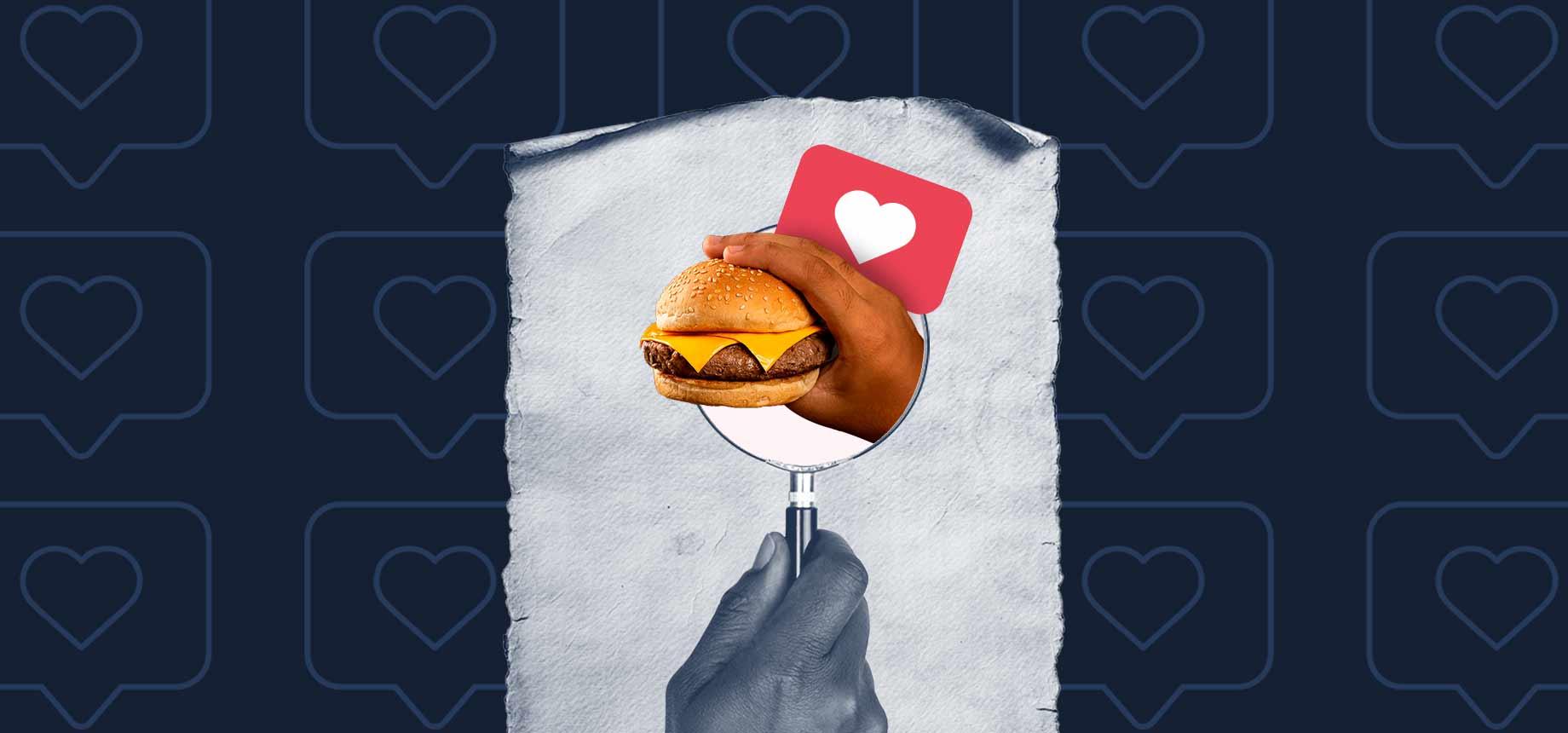Live Shopping (LS) is widely regarded as one of the most important driving forces for ecommerce growth in the next few years. Both consumers and companies have their eyes set on the trend and the moment it will explode onto the scene, becoming the next big thing.
The history behind it, weirdly, hasn’t been widely reported beyond its beginnings in China. This makes its growth and the clearly increasing appetite for it inside western markets hard to follow — the bigger picture is needed.
VTEX has helped bring the technology to several countries in Latin America and, in this article, we will try to highlight the key moments that announced its break into the biggest ecommerce markets in the world, and what that could mean for the future.
The Chinese phenomenon
As we’ve mentioned before, Live Shopping started as a trend in China, where Taobao Live was launched in 2016. Traditionally, the Asian country has been a tricky market for foreign companies, mainly because of the geographic limitations within its territory. But Chinese consumers are known to be particularly demanding trendsetters, requiring businesses to always look for innovative ways of winning them over. And what better way to do that than through entertainment?
“With the arrival of smartphones, the chance to consume entertainment exploded, and the growth of online shopping led to the explosion of Live Shopping in an organic way. That’s why you see such an immediate acceptance.”
In the beginning, live videos inside the platform had a longer duration than they do now, closer to the length of Instagram Reels, but the adoption of TikTok — then Daoyin— pushed for super-short videos of around 16 seconds. This small change led to massive adoption.
Pinduoduo is also an important player in the history of livestream shopping. The company — which today is the third biggest online marketplace in China — was born as a video platform focused on sharing commerce. That means that the business model was based on “group-buying”: selling to more buyers such as networks of friends in order to trigger special offers.
The recognition of TikTok in Western Europe and the United States led to more attention around its business model and the reasons why so many users found it compelling. Perhaps this was the way in which companies inside those territories found out about Live Shopping. Companies such as…

The arrival to the West
Amazon launched its first Live Shopping attempt — called Style Code Live — in March 2016. The idea behind it was to promote Amazon-exclusive fashion products, most often with hired actors. This first experiment was a failure, and Amazon decided to cancel it one year later.
The company’s second attempt was Amazon Live, a tool that allows Amazon sellers to host Live Shopping streams to promote their products inside Amazon’s own landing page. Because this effort is spearheaded by one company, the tool is not too flexible, but it did help bring back the “QVC experience” (the good ol’ teleshopping) into many customers’ homes.
Instagram then began offering Live Shopping during the second half of 2020, and Facebook also introduced some capabilities within Facebook Shops. This fast adoption by some big players even led to the cooperation between Walmart and TikTok: two of the biggest actors in the ecommerce and social media spaces, respectively.
Live Shopping has also evolved to fit into many ecommerce strategies, such as the auctions hosted on the platform called Whatnot, and even the traditional auctions held by Christie’s. Buying and selling has never been so entertaining and far-reaching.
The Latin American market
In Latin America, the first successful Live Shopping event was hosted by Grupo Éxito — Colombia’s biggest retail company — in 2020, and it was made possible by VTEX.
The trend was quickly adopted by the company as part of its core ecommerce strategy, usually produced with partners and tailored to their particular needs. Today, Éxito allocates Live Shopping events months in advance, since its partners’ demand has grown after witnessing the success in audience numbers and average sales thus far.
The wide variety of companies that have hosted Live Shopping events with Éxito, as well as the adoption of other brands such as Xiaomi, BSoul, Agua Bendita and Samsung, show that Latin America — often regarded as an ecommerce market in its infancy — is more than ready to hop on the Live Shopping train. Surely sooner rather than later this will be the case for every ecommerce market in the world.
The bright future
Live Shopping is slowly but surely crawling into the ecommerce strategies of world-renowned brands, which will only increase consumers’ familiarity with the value proposition and facilitate its massive adoption going forward. In fact, several polls have shown that there’s a lot of interest into it from consumers worldwide.
Some online retailers are already exploring tools that will widen this reach, such as its incursion in the metaverse. This cements not only Live Shopping’s place as a people pleaser, but also as the trend that the most innovative companies around the world need to follow closely.
